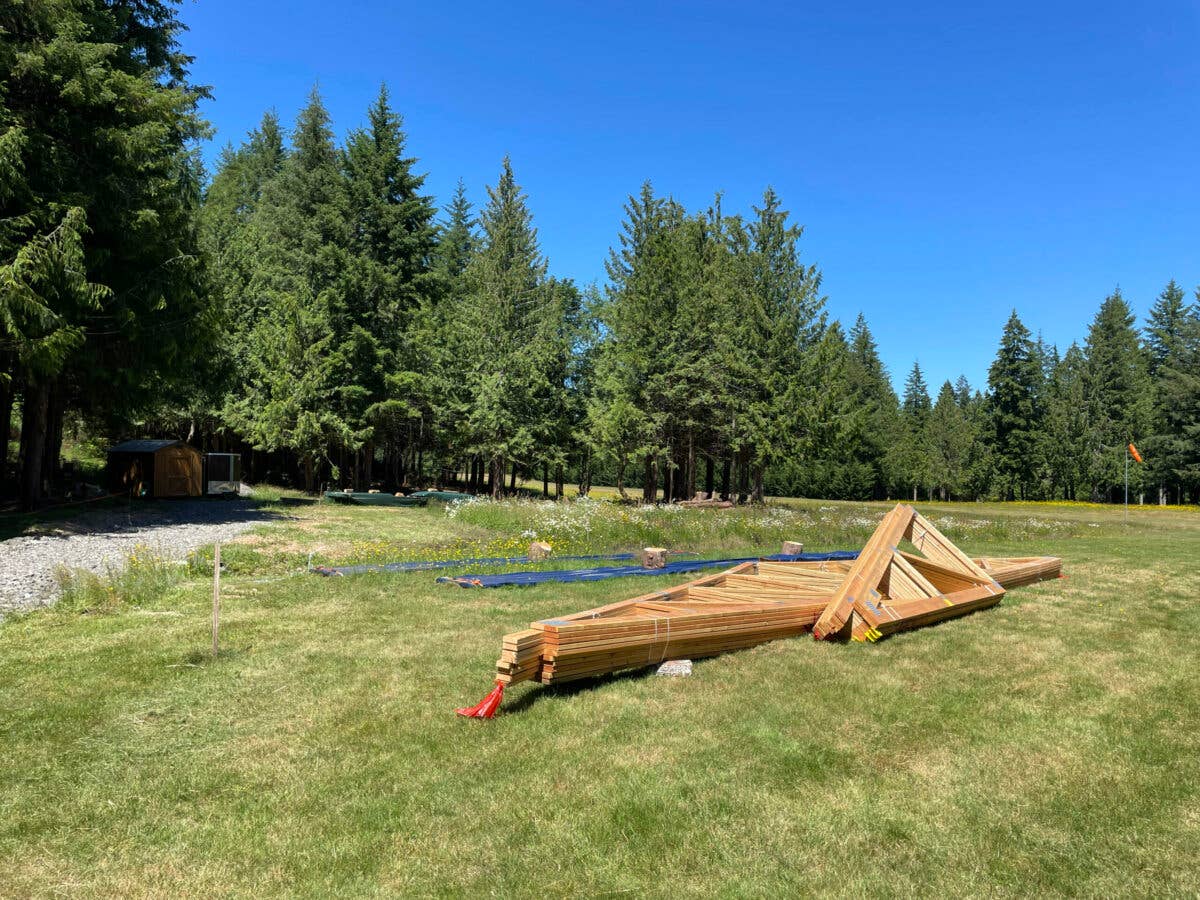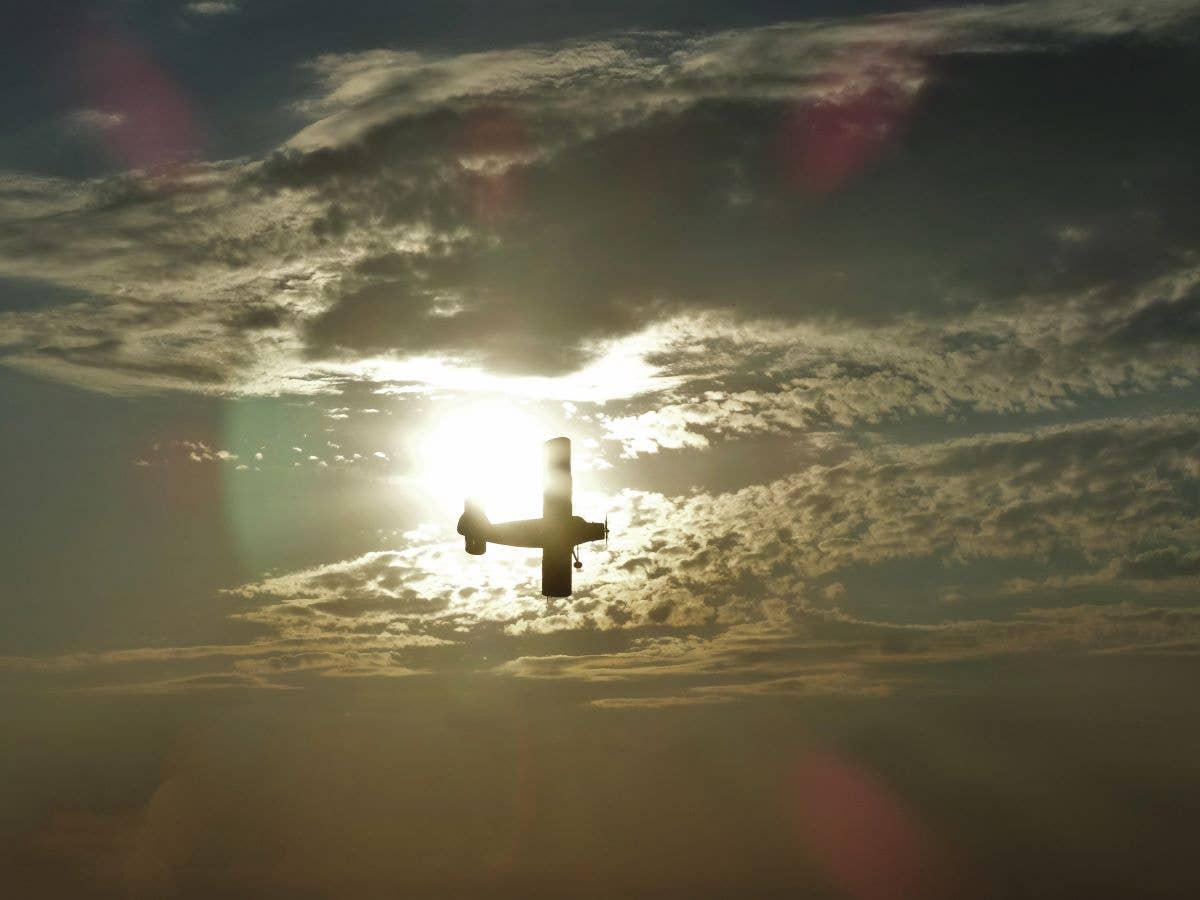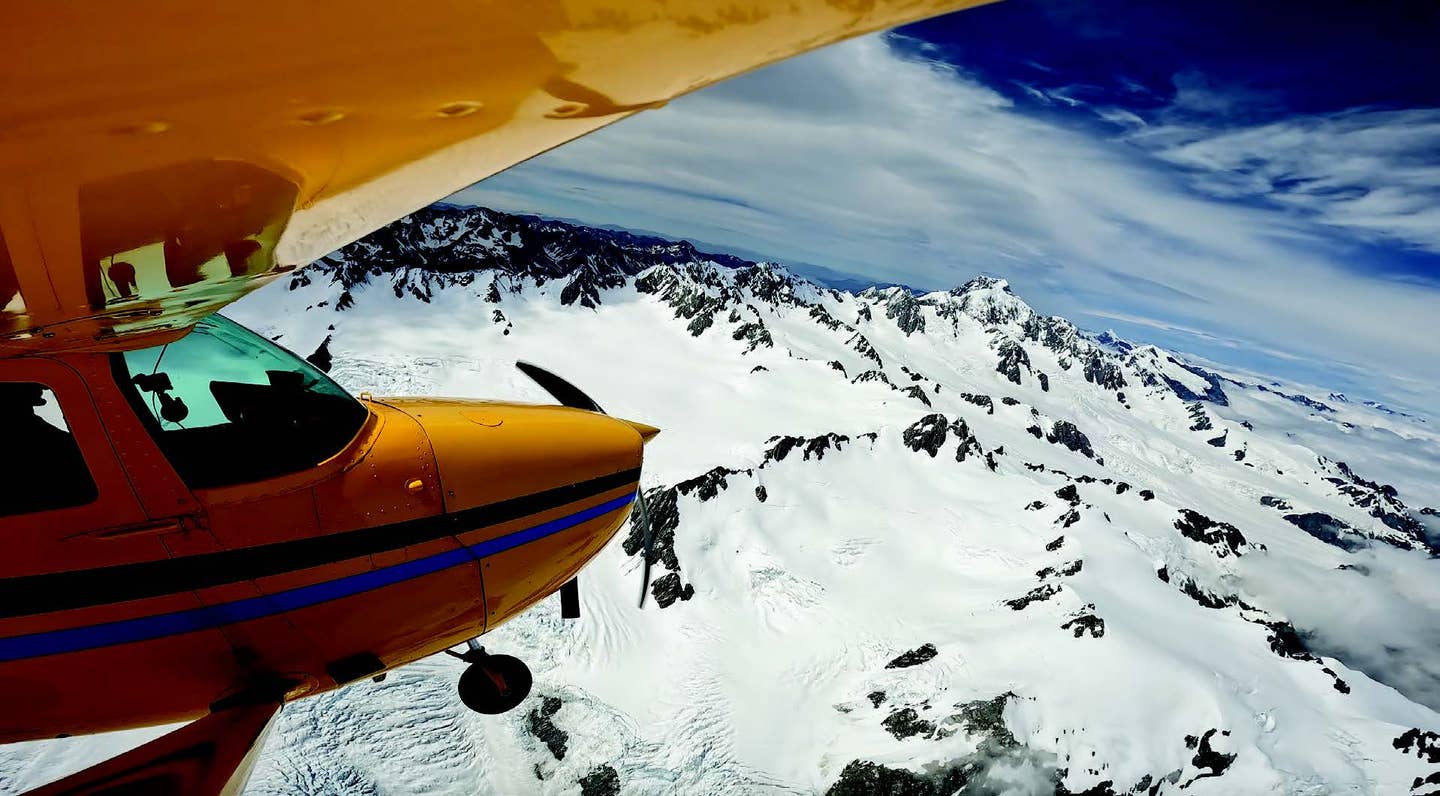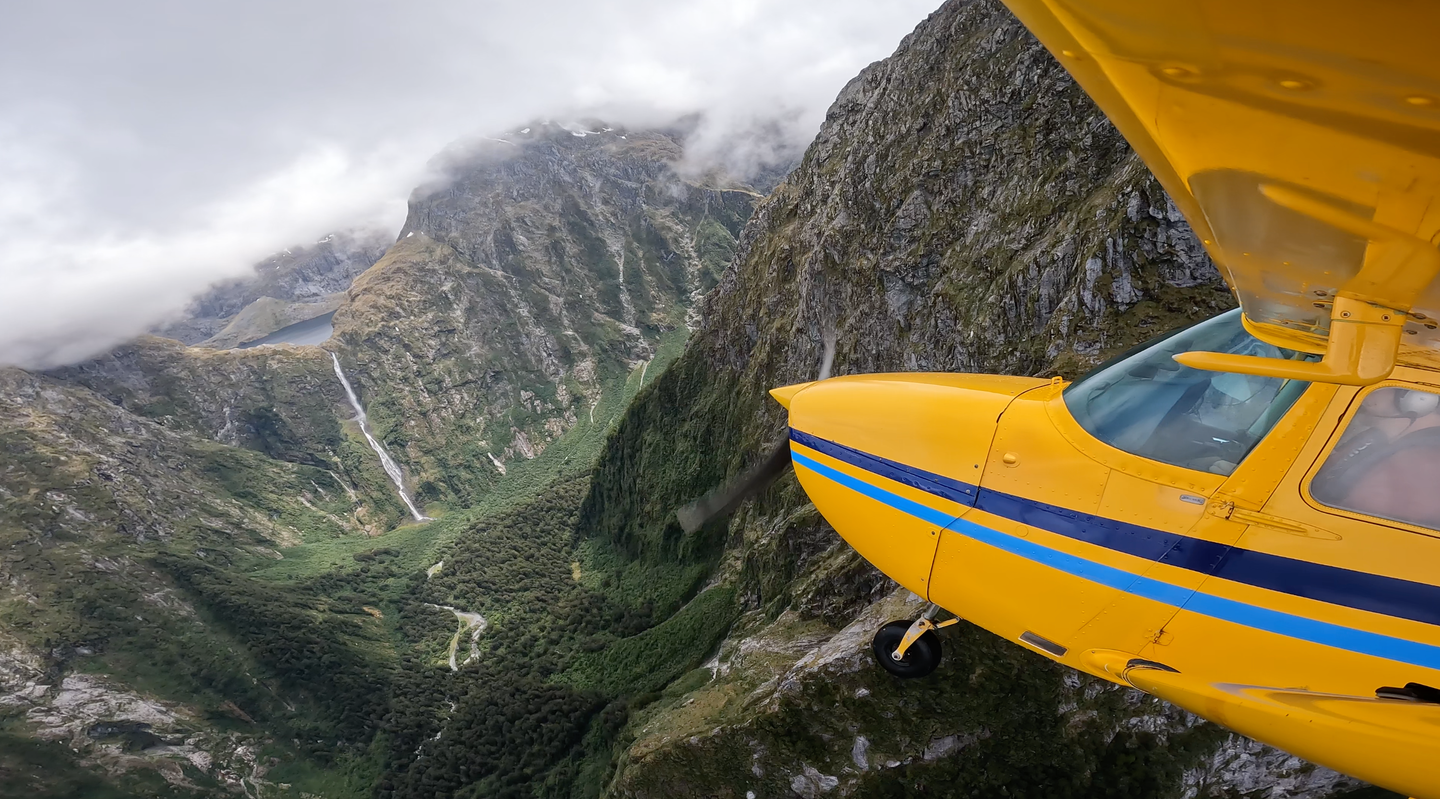Building the Dream While Rolling With Twists and Turns
“We had to decide: What did we want more, a house or an airplane?”

Materials for what will eventually be a 50-by-60-foot pole-barn hangar with an attached 15-foot-by-60-foot side shed. [Credit: Sam Weigel]
When Dawn and I bought land on a Puget Sound-area airpark in 2019, we were still living aboard Windbird and cruising the Caribbean. Part of our “sell everything and sail across the horizon” scheme had always been to use that time to dream up our perfect post-boat life—one built around GA—and put that plan in motion. When we found the ideal plot on the grass strip of our dreams, we quickly modified our sailing plans to place us in a good position to build our bucket-list house and hangar in 2022. Our plans, it turns out, failed to account for a worldwide pandemic.
In the early stages of COVID-19, it was almost certain that I would lose my Boeing 737 captain seat and be downgraded to first officer with an attendant decrease of income. A furlough or my airline going bankrupt were possible too. As the situation evolved and my position appeared safe, the geographic and mental separation of being a continent away from our land combined with the restrictions of quarantine to ensure that our focus drifted and deadlines slipped. And then the Pacific Northwest real estate market went nuts, supply chains went FUBAR, the cost of lumber quadrupled, and available construction workers became rare as hen’s teeth.
Initially we persisted, knowing we wouldn’t build until 2023 but otherwise hewing close to our original plan of building a three-bedroom, 2,300-square-foot timber-framed house and 50-foot-by-60-foot hangar in quick succession. We hired an old-school architect who expanded on my longtime vision to produce a beautiful, understated Northwoods design that we fell in love with. But as we pored over plans, financial reality set in. The cost of building the home would likely exceed $400 per square foot, putting the price of our humble forest cottage near $1 million. That rankled every fiber of my naturally cheap being, but if I could accept this as the cost of having a roof over our heads in Seattle, we could afford it.
What we could not afford—and what probably wasn’t possible given all the supply-chain and labor shortages and construction delays—was to build the hangar simultaneously with or shortly after the house. When I ran the numbers, it would take several more years of saving to put us in a comfortable position to build a hangar and buy an airplane. So we had to decide: What did we want more, a house or an airplane?
Captains at my airline make a decent income and most have rather nice houses. There’s a certain cultural expectation, but I had long broken the airline pilot mold by selling everything and running off to sea. Post-boat, our lifestyle has remained mobile, minimalistic, and adventure-oriented. We lived in 200 square feet for nearly five years and had the time of our lives. We never really missed having a big house. We did, however, miss having our own airplane—Dawn even more so than me. Our choice was clear. The hangar came first.
When we moved west in August last year, we had the idea that we would get a tiny home, and we even looked at a few. They aren’t quite legal in our county, though, and we had difficulty getting a septic system approved for a “seasonal cabin.” We considered building the hangar in 2022 and just wildcatting an apartment in the loft for a year, but the wily county planners were once again ahead of us: Given our zoning, it turned out that a hangar could not be permitted without an existing legal single-family residence. This revelation sent Dawn and I into a late night, wine-fueled brainstorming session, sketching out eight solutions and listing the pros and cons of each.
By night’s end, our course was clear, and the next morning, I started drafting plans. Our new aim was to build the 50-by-60-foot pole-barn hangar with an attached 15-foot-by-60-foot side shed, finished out as a two-bedroom living area—a “barndominium,” if you will—all permitted as a single-family residence. We found a pole barn company able to engineer my plans and supply the kit, and engaged contractors to erect the shell, pour the slab, and install the septic system.
Dawn and I will finish out the living quarters ourselves, with the assistance of my retired contractor father. We ordered a 44-foot-by-15-foot Higher Power hydraulic door and will incorporate PEX tubing for radiant heat into the slab, but the hangar portion will remain otherwise unfinished for the moment. We’ll add insulation, a boiler, a standby generator, and solar power as time and finances allow. We plan to live in the hangar for three to eight years and build the house when the time is right, at which point the annex will make for extra storage or a nice mother-in-law suite.
We ordered the pole barn kit in March 2022, and I refined the annex plans and put together a building permit application package that we submitted on May 7. We’d already been doing a lot of site prep since last December, thinning trees and brush and expanding the clearing. In January, we cut in a driveway and bought a storage shed, and material deliveries started in June. We trenched in power and water just prior to heading east for Oshkosh, and after a few small changes, our building permits were issued on July 22. As it stands in late September, we have broken ground and erected the poles; the trusses go up soon and we hope to have a roof and a slab before autumn rains begin. We’ll start the living quarters in late October, planning to move in early in the new year.
Throughout this process, two things have become very clear. Whether putting in a long hard day of work on our land or listening to bullfrogs by the campfire on a still summer evening, we absolutely love spending time at the airstrip. It’s a little slice of heaven, and we can’t wait to call it home. And secondly, our yearning for an airplane of our own has only intensified, even as we rent a local Piper Cherokee and fly my neighbor Ken’s generously lent Super Cub. It’s been more than six years since we sold our Piper Pacer, and we need to find another vintage adventure machine to explore far horizons.
The draw of the airstrip and the promise of our own airplane have been hugely motivational as we’ve put in a ton of hard work and navigated all the twists and turns of the process these last six months, and I expect they will power us through all the really hard work ahead (and various additional wrinkles). In a way, this is a very analogous repeat of how we built our life together cruising aboard Windbird: hard work, persistence, flexibility, and living each day intentionally. If the result is anything like our last adventure, the reward will be supremely worthy of the struggle.

Subscribe to Our Newsletter
Get the latest FLYING stories delivered directly to your inbox






